Home>Kitchen & Cooking>Kitchen Gadgets & Utensils>How To Clean The Inside Of A Stainless Steel Tea Kettle
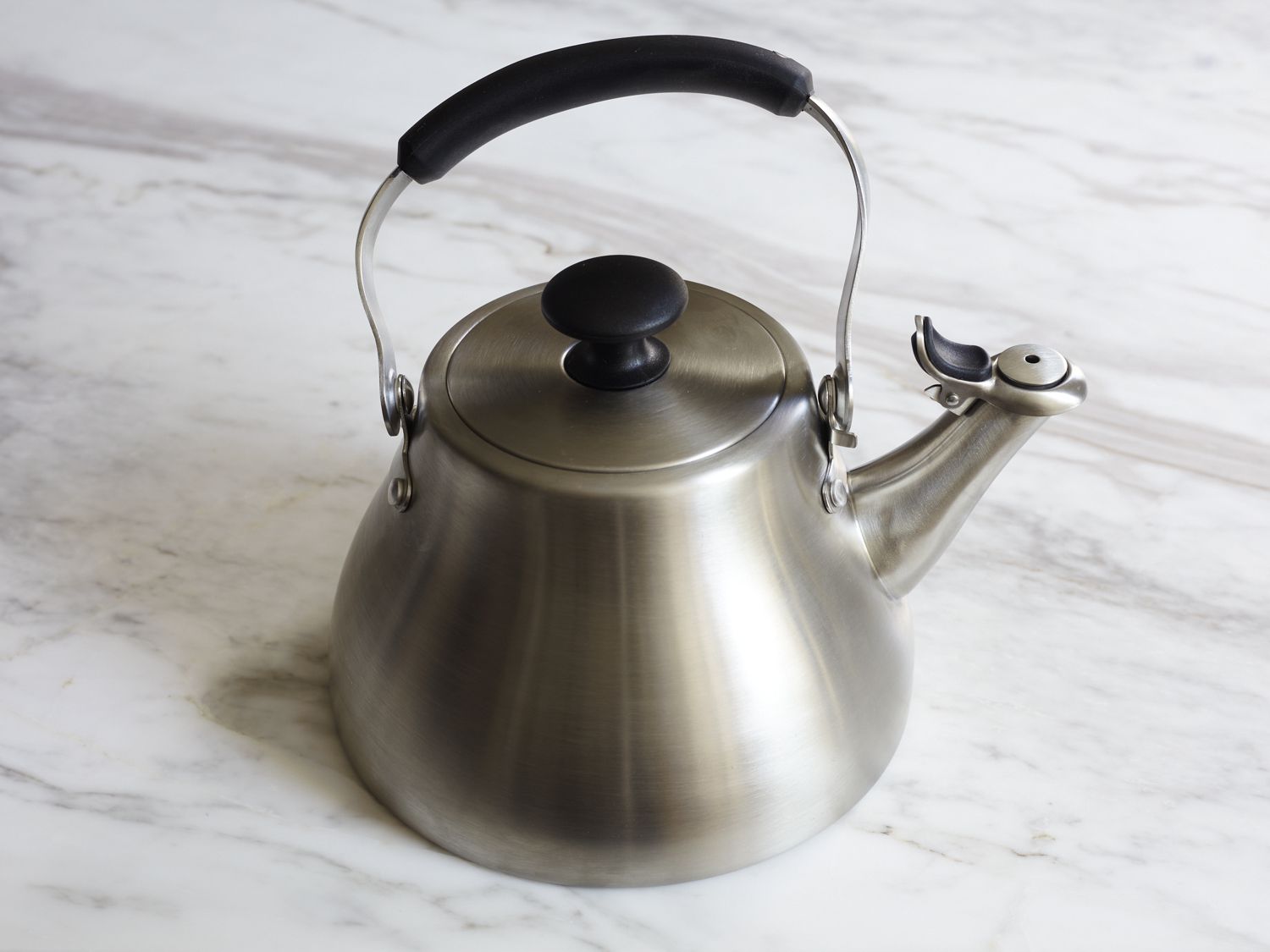

Kitchen Gadgets & Utensils
How To Clean The Inside Of A Stainless Steel Tea Kettle
Modified: March 21, 2024
Learn the best ways to clean the inside of a stainless steel tea kettle and keep your kitchen gadgets and utensils sparkling. Discover effective cleaning tips and tricks now!
(Many of the links in this article redirect to a specific reviewed product. Your purchase of these products through affiliate links helps to generate commission for Storables.com, at no extra cost. Learn more)
Introduction
So, you've been enjoying your daily cup of tea from your trusty stainless steel tea kettle, but have you noticed some unsightly stains or mineral deposits building up inside? Not to worry – it's perfectly normal for tea kettles to develop some residue over time, especially if you use hard water. The good news is that cleaning the inside of a stainless steel tea kettle is a straightforward process that can be done using common household items.
In this guide, we'll walk you through the steps to effectively clean the inside of your stainless steel tea kettle, restoring it to its former pristine condition. With just a few simple materials and a bit of elbow grease, you can say goodbye to those stubborn stains and hello to a sparkling clean kettle. So, put the kettle on, and let's get started on revitalizing your favorite kitchen essential!
Key Takeaways:
- Keep your stainless steel tea kettle clean by using vinegar and baking soda to remove stains and mineral deposits, ensuring a fresh and pristine interior for delicious tea every time.
- Regular maintenance and cleaning of your tea kettle with simple household items like vinegar and baking soda can extend its longevity and keep it looking sparkling clean.
Read more: How To Clean Stainless Steel Silverware
Materials Needed
Before you begin the cleaning process, it’s essential to gather the necessary materials. Here’s what you’ll need:
- Boiling Water: You’ll need enough boiling water to fill the kettle to its maximum capacity. This will help loosen the built-up residue and prepare the kettle for cleaning.
- Vinegar: White vinegar is a versatile cleaning agent and is particularly effective at removing mineral deposits and stains. Its acidic nature makes it an excellent natural cleaner for stainless steel surfaces.
- Baking Soda: This kitchen staple is known for its gentle abrasive properties, making it ideal for scrubbing away tough stains without damaging the stainless steel surface.
- Cleaning Cloth or Sponge: Choose a non-abrasive cloth or sponge to avoid scratching the interior of the kettle while cleaning.
- Water: You’ll need additional water for rinsing the kettle after the cleaning process.
With these simple materials at your disposal, you’re ready to restore your stainless steel tea kettle to its former glory. Now, let’s dive into the step-by-step process of cleaning the inside of your tea kettle.
Step 1: Boiling Water
The first step in cleaning the inside of your stainless steel tea kettle involves using boiling water to loosen any residue or mineral deposits. Here’s how to do it:
- Fill the Kettle: Fill the kettle with water, ensuring that you don’t exceed the maximum capacity indicated.
- Boil the Water: Place the filled kettle on the stovetop and bring the water to a rolling boil. Allow it to boil for a few minutes to thoroughly heat the interior of the kettle.
- Let It Sit: Once the water has boiled, remove the kettle from the heat source and let it sit for about 15-20 minutes. This allows the steam and heat to work on loosening the residue inside the kettle.
- Discard the Water: Carefully pour out the hot water from the kettle, taking caution to avoid any splashing or burns.
This initial step serves to soften and loosen the buildup inside the kettle, making it easier to remove during the subsequent cleaning stages. With the hot water effectively priming the interior, you’re now ready to move on to the next step in the cleaning process.
Step 2: Vinegar Solution
Now that the interior of your stainless steel tea kettle has been prepped with boiling water, it’s time to introduce the cleaning power of vinegar. This natural and versatile ingredient is highly effective at dissolving mineral deposits and eliminating stains. Here’s how to proceed:
- Create the Solution: Mix equal parts of water and white vinegar to create a cleaning solution. The amount of the solution should be sufficient to fill the kettle to its maximum capacity.
- Fill the Kettle: Pour the vinegar solution into the kettle, ensuring that it covers the areas affected by stains or mineral buildup.
- Let It Soak: Allow the vinegar solution to sit in the kettle for at least 30 minutes. This extended contact time will enable the acidic properties of the vinegar to effectively break down the stubborn residue.
- Boil the Solution: Place the kettle on the stovetop and bring the vinegar solution to a boil. Let it boil for a few minutes to ensure thorough coverage of the interior surface.
- Allow It to Cool: After boiling, remove the kettle from the heat and let the vinegar solution cool down for about 20-30 minutes. This cooling period allows the solution to continue its cleaning action.
- Discard the Solution: Carefully pour out the vinegar solution from the kettle, ensuring safe handling of the hot liquid.
By harnessing the cleaning potency of vinegar, you’ve taken a significant step toward restoring your tea kettle’s interior to a pristine state. The vinegar’s acidic properties work wonders in dissolving mineral deposits and stains, setting the stage for the final cleaning steps to follow.
To clean the inside of a stainless steel tea kettle, mix equal parts water and vinegar, then boil the solution in the kettle. Let it sit for 15-20 minutes, then rinse thoroughly with water. This will help remove any built-up mineral deposits and stains.
Step 3: Baking Soda Scrub
With the vinegar solution having effectively tackled the mineral deposits and stains inside your stainless steel tea kettle, the next step involves using baking soda to further polish and cleanse the interior. Baking soda’s gentle abrasive nature makes it an excellent choice for scrubbing away any remaining residue without causing damage to the kettle’s surface. Here’s how to proceed:
- Apply Baking Soda: Sprinkle a generous amount of baking soda onto a damp cleaning cloth or sponge. Ensure that the entire interior of the kettle is covered with a thin layer of baking soda.
- Scrub the Interior: Using the damp cloth or sponge, gently scrub the interior of the kettle, focusing on areas with visible stains or buildup. Use circular motions to effectively work the baking soda into the surface.
- Pay Attention to Troublesome Spots: For stubborn or hard-to-reach spots, apply a bit more pressure while scrubbing to dislodge any lingering residue. Baking soda’s mild abrasiveness will aid in lifting off the remaining deposits.
- Rinse Thoroughly: Once you’ve finished scrubbing, thoroughly rinse the interior of the kettle with water to remove the baking soda residue. Ensure that no baking soda particles remain inside the kettle.
By employing the gentle yet effective scrubbing action of baking soda, you’ve further polished and revitalized the interior of your tea kettle. The baking soda’s natural cleaning properties have complemented the earlier steps, leaving your kettle looking and feeling refreshed.
Read more: How To Clean Stainless Steel Grill
Step 4: Rinse and Dry
As you near the completion of the cleaning process for your stainless steel tea kettle, it’s essential to ensure that all cleaning agents and residue are thoroughly removed before drying the kettle. Proper rinsing and drying will leave your kettle sparkling clean and ready for its next use. Here’s how to complete the final steps:
- Rinse with Water: Thoroughly rinse the interior of the kettle with clean water, ensuring that all traces of the vinegar solution and baking soda are completely washed away.
- Inspect for Residue: Take a moment to visually inspect the interior of the kettle, checking for any remaining stains or residue. If necessary, repeat the rinsing process to ensure a pristine finish.
- Dry the Kettle: Using a clean, dry cloth, carefully dry the interior of the kettle to prevent water spots or streaks from forming. Ensure that the interior is completely dry before using the kettle again.
- Air Drying: For thorough drying, leave the kettle open and upside down to air dry for a short period. This will help eliminate any lingering moisture and ensure a completely dry interior.
With the rinsing and drying steps completed, your stainless steel tea kettle has undergone a comprehensive cleaning process, removing stains, mineral deposits, and any lingering residue. You can now enjoy the satisfaction of a clean and revitalized kettle, ready to brew your favorite beverages with a fresh and pristine interior.
Conclusion
Congratulations! You’ve successfully restored the interior of your stainless steel tea kettle to its sparkling, pristine state. By following the simple yet effective cleaning process outlined in this guide, you’ve eliminated stubborn stains, mineral deposits, and residue, ensuring that your tea kettle is ready to brew delightful beverages once again.
Regular maintenance and cleaning of your tea kettle will not only enhance its appearance but also contribute to the longevity of this essential kitchen tool. By incorporating this cleaning routine into your kitchen maintenance schedule, you can continue to enjoy the perfect cup of tea without the worry of unsightly buildup affecting the flavor or appearance of your brew.
Remember, the key to maintaining a clean tea kettle is to address any signs of buildup promptly. With the straightforward use of boiling water, vinegar solution, and baking soda, you can effectively tackle stains and mineral deposits, restoring your tea kettle to its original luster.
As you savor the results of your efforts, take pride in knowing that your stainless steel tea kettle is not only clean but also well-maintained, ensuring its reliability and performance for many brewing sessions to come.
So, the next time you reach for your trusty tea kettle to brew a comforting cup of tea, you can do so with the confidence of knowing that the interior is as clean as can be, ready to deliver the perfect brew every time.
Frequently Asked Questions about How To Clean The Inside Of A Stainless Steel Tea Kettle
Was this page helpful?
At Storables.com, we guarantee accurate and reliable information. Our content, validated by Expert Board Contributors, is crafted following stringent Editorial Policies. We're committed to providing you with well-researched, expert-backed insights for all your informational needs.

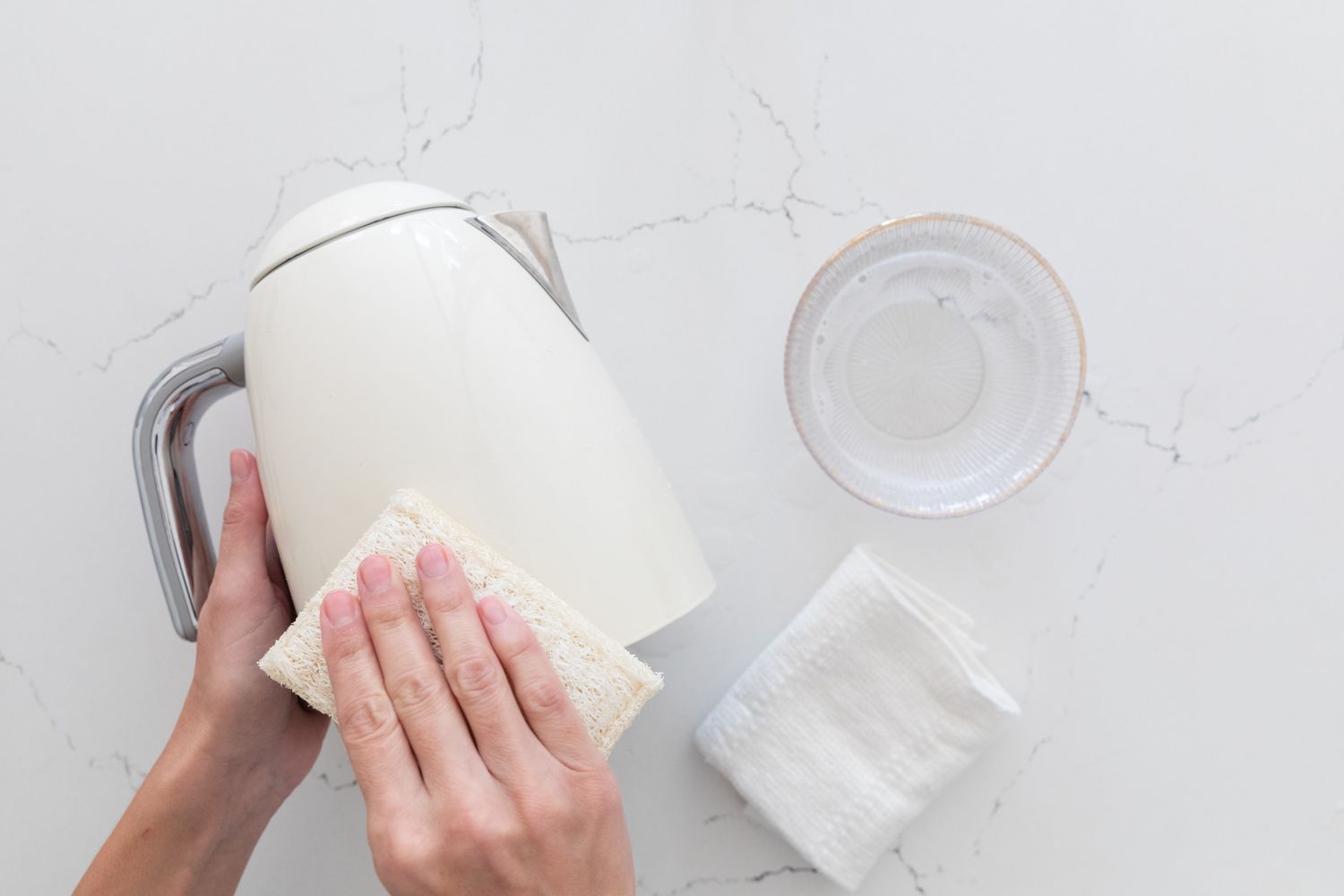
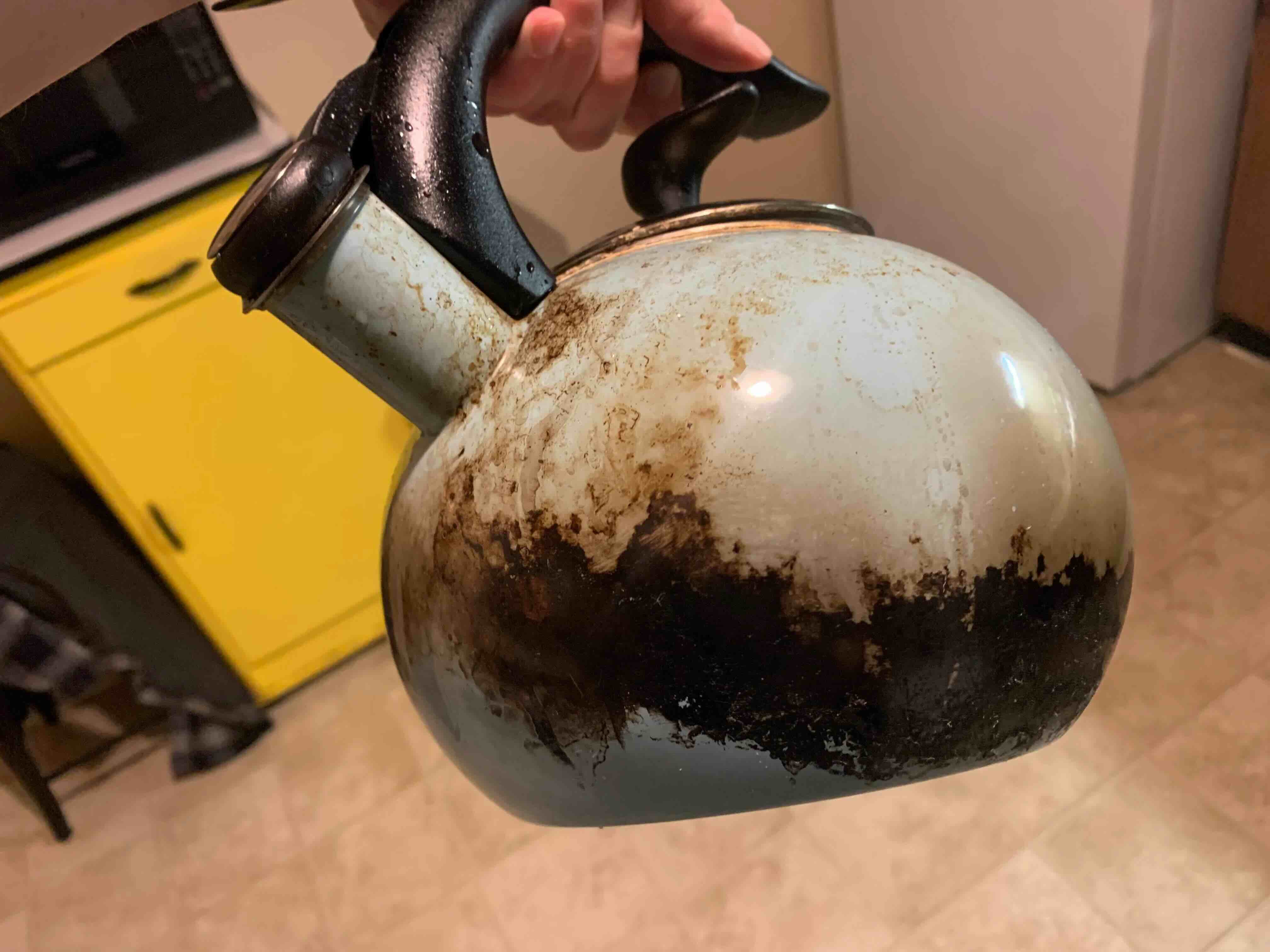
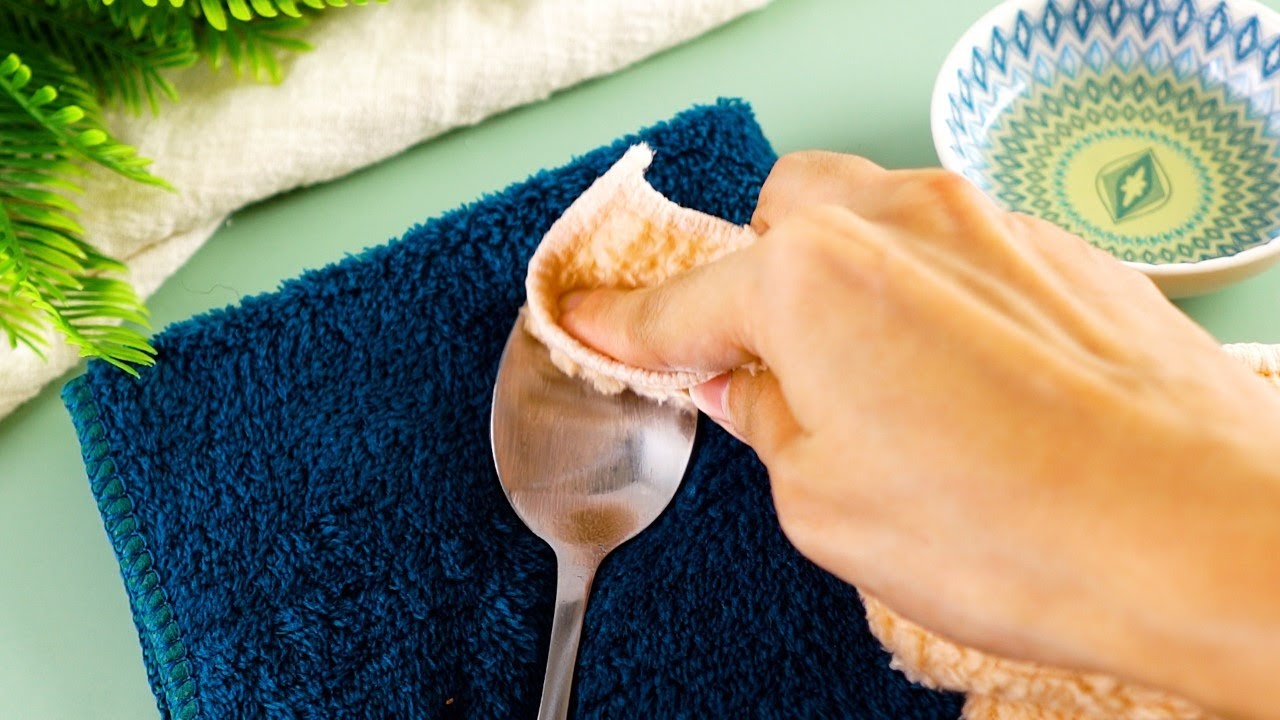
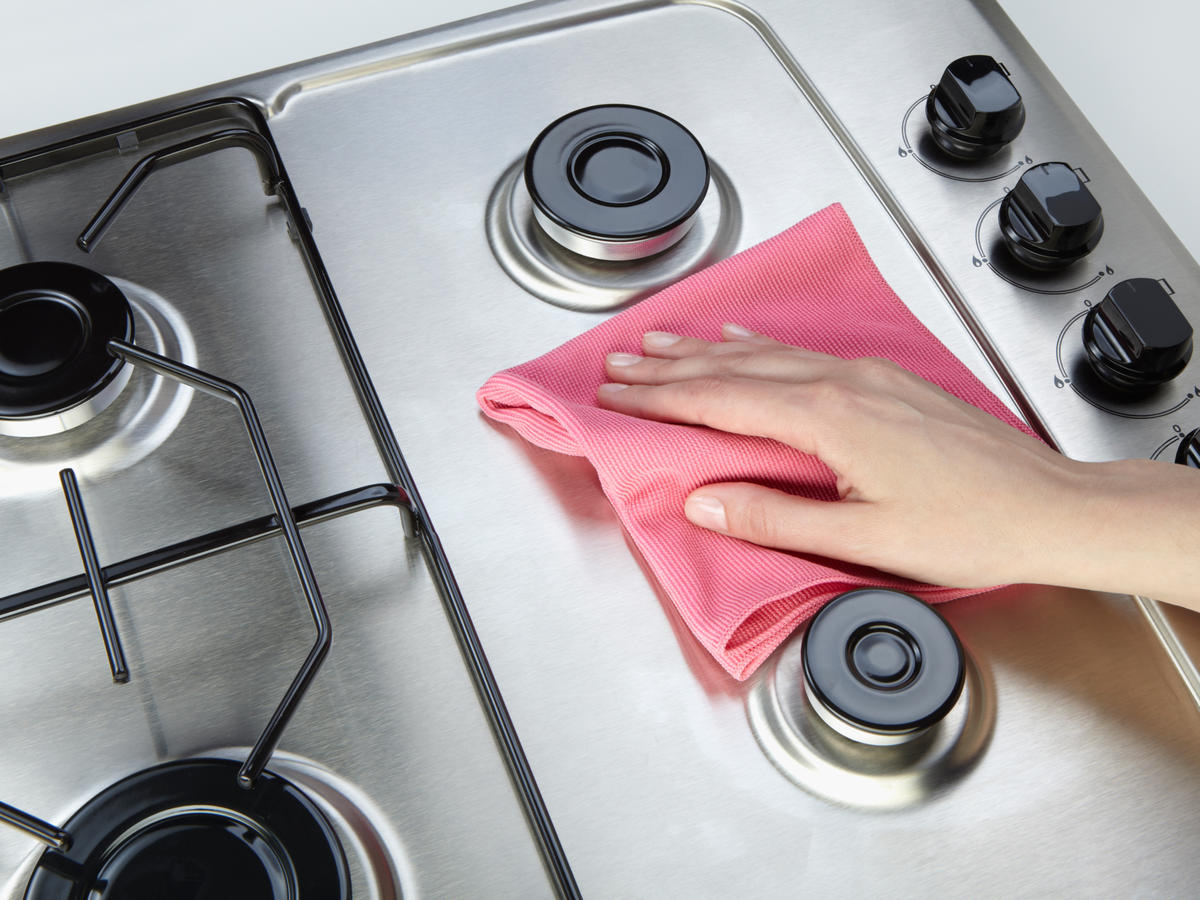
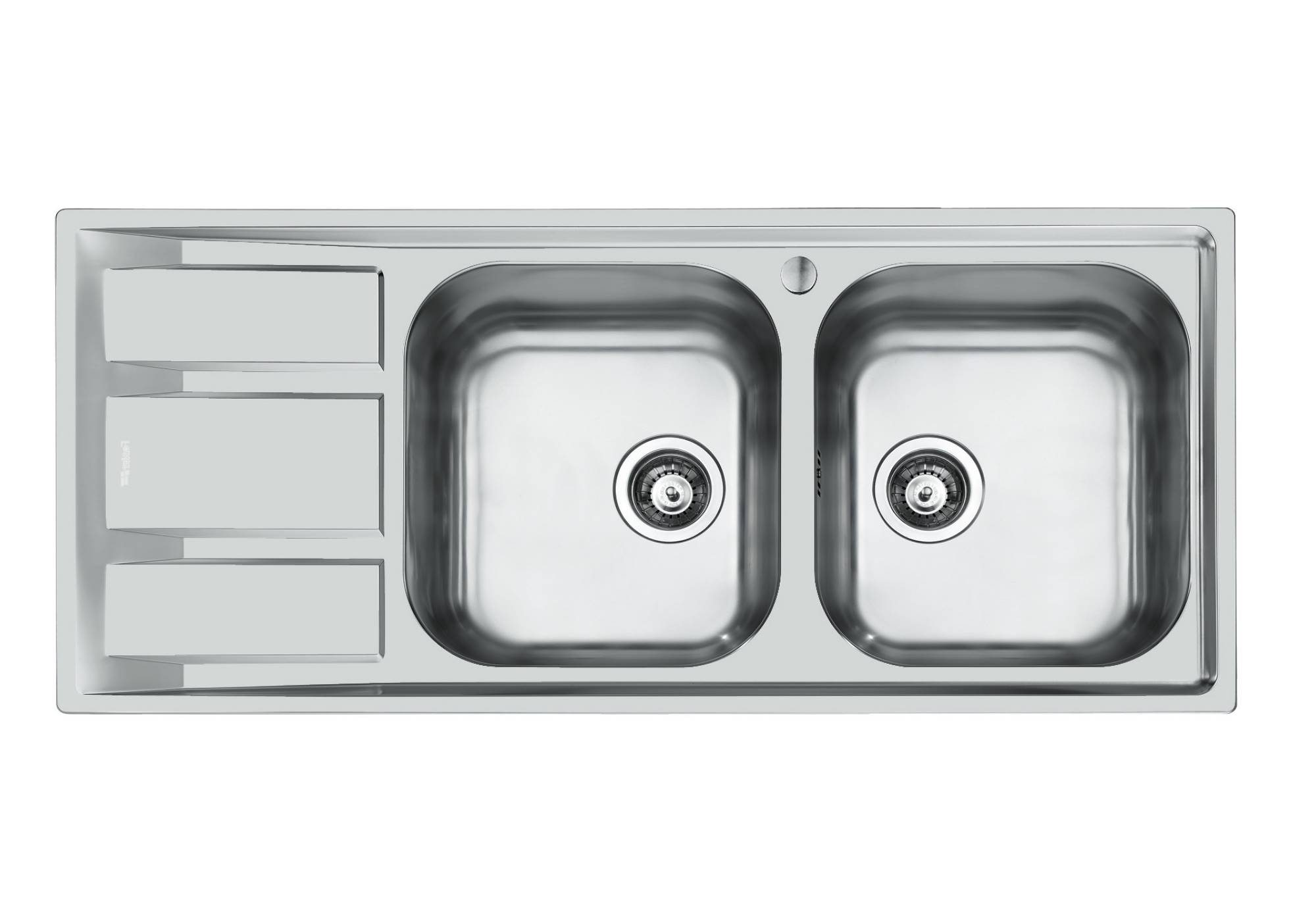
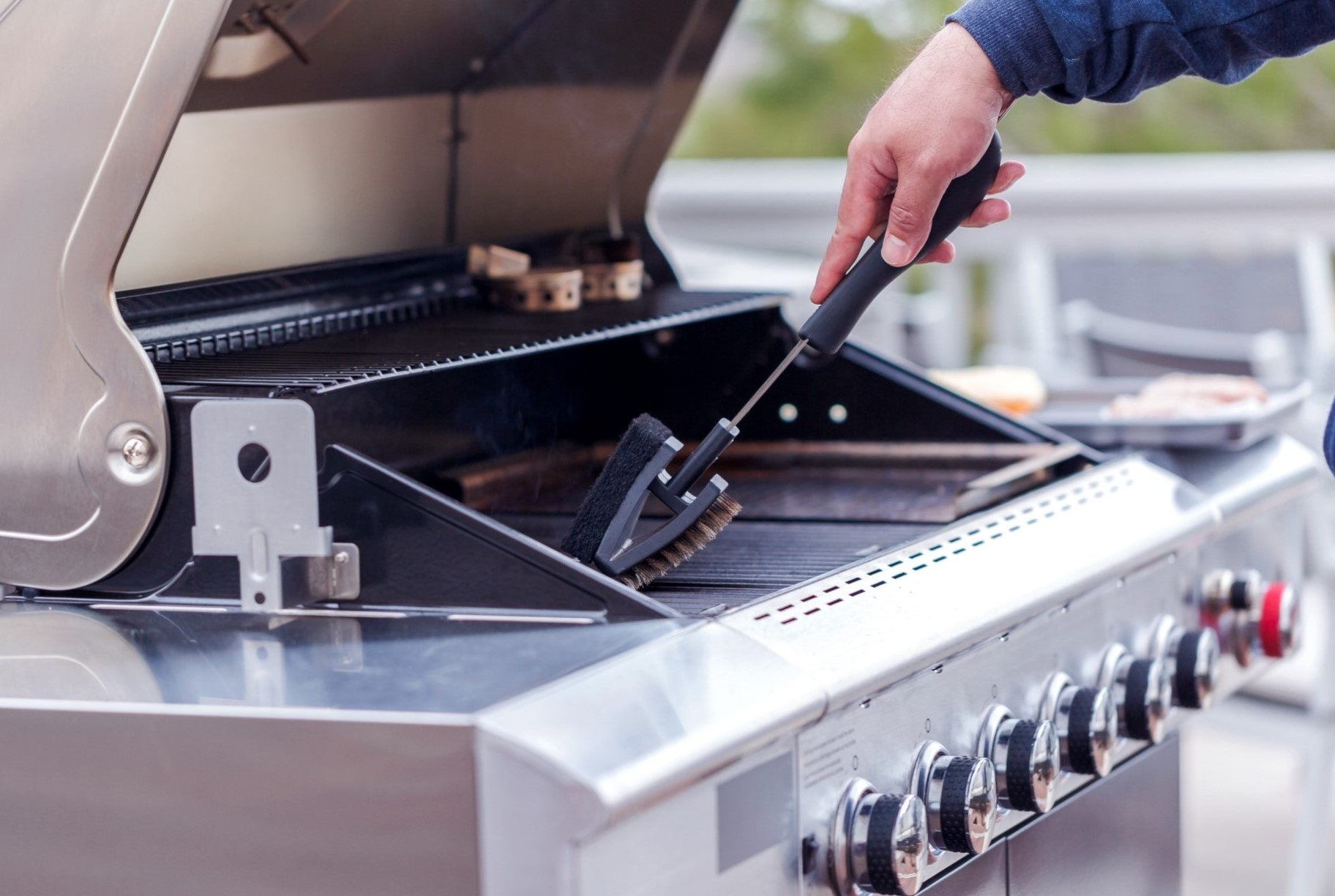
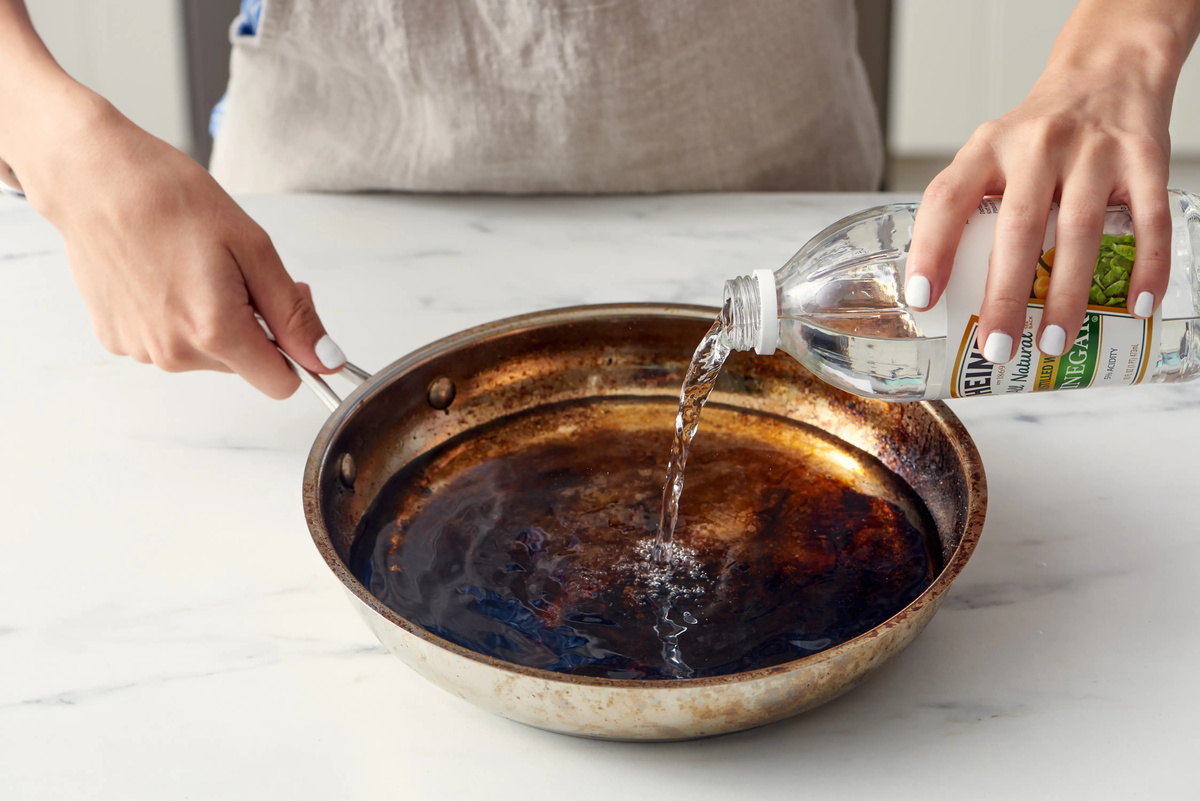
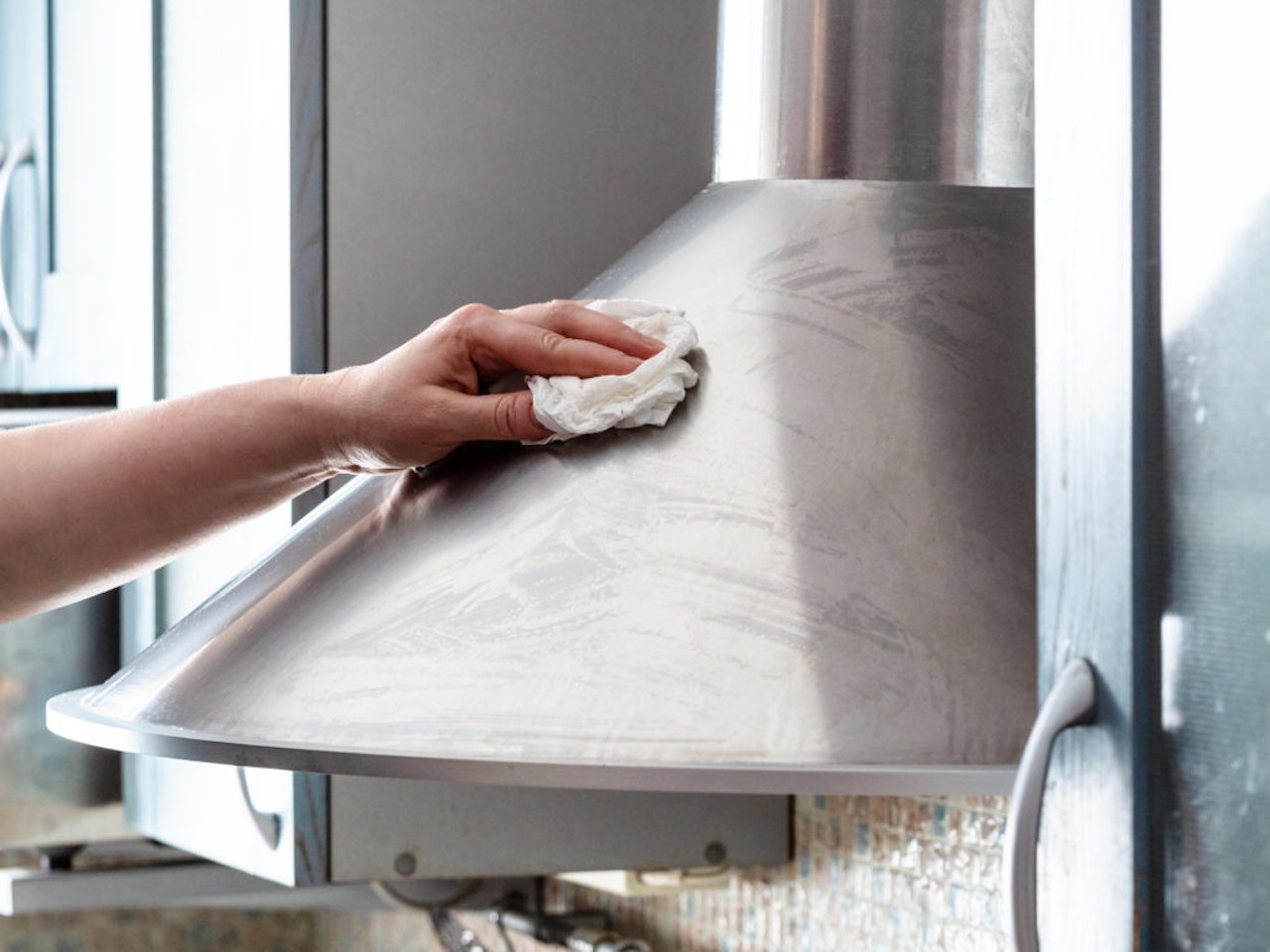
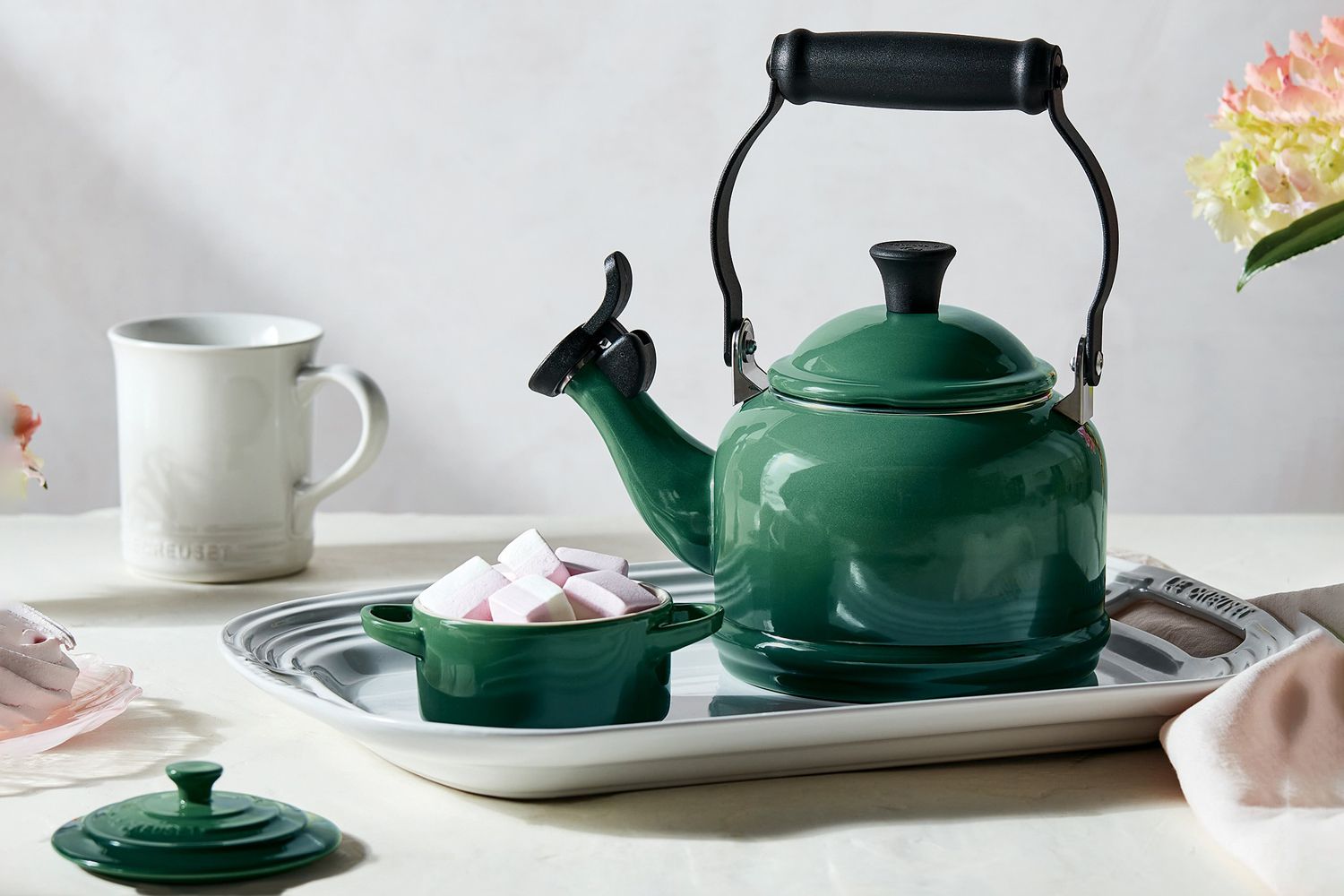
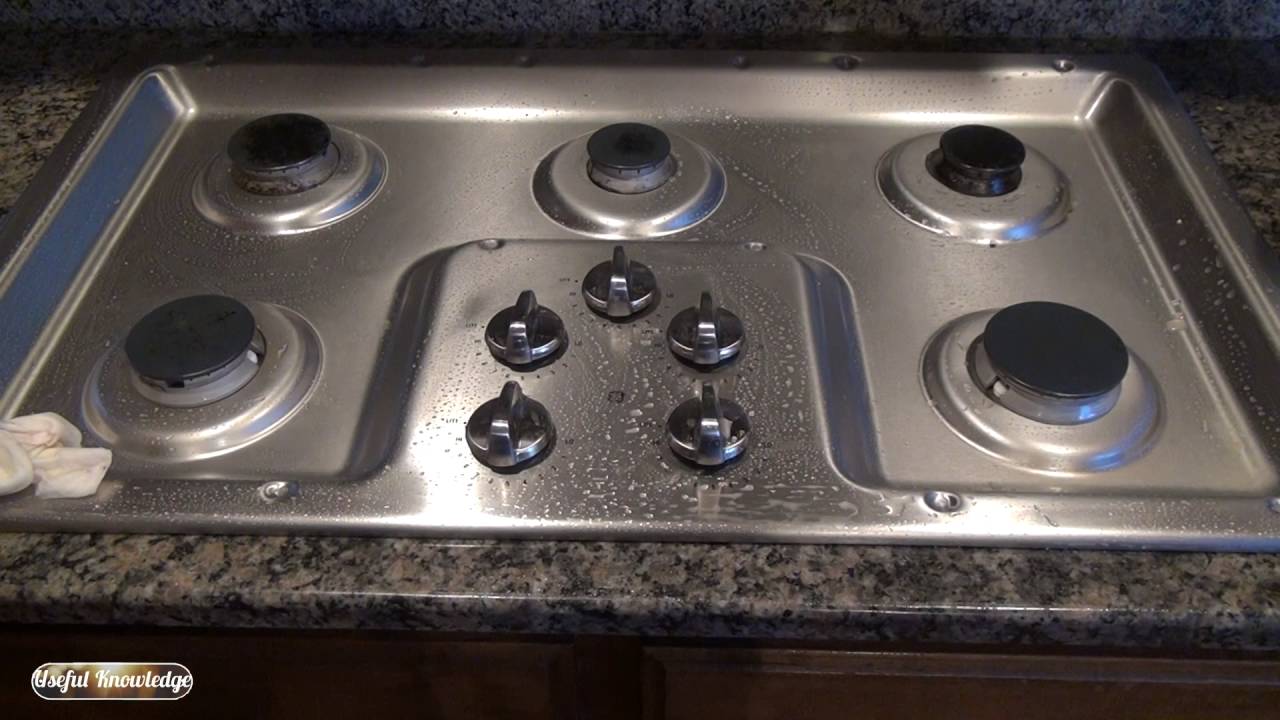
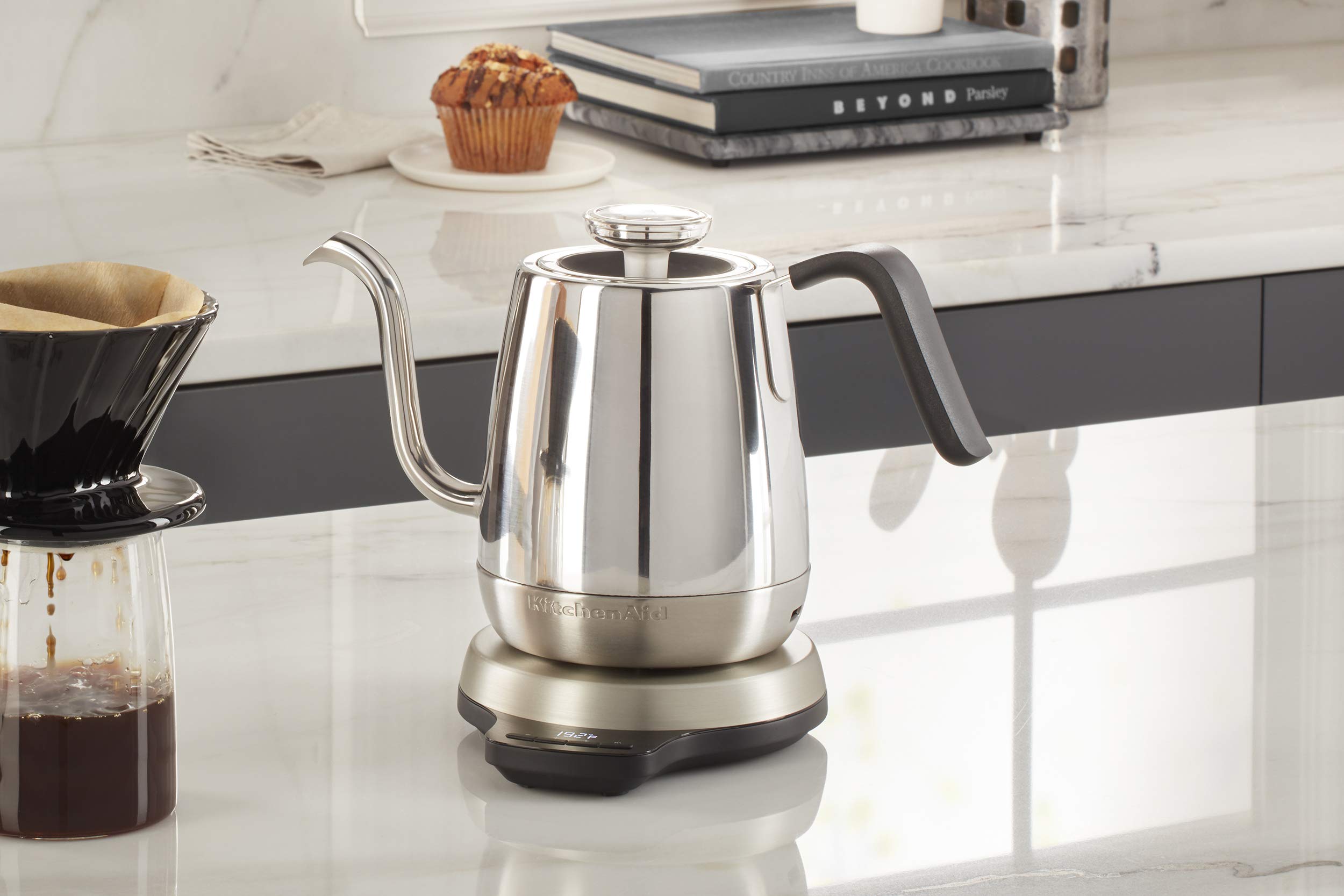
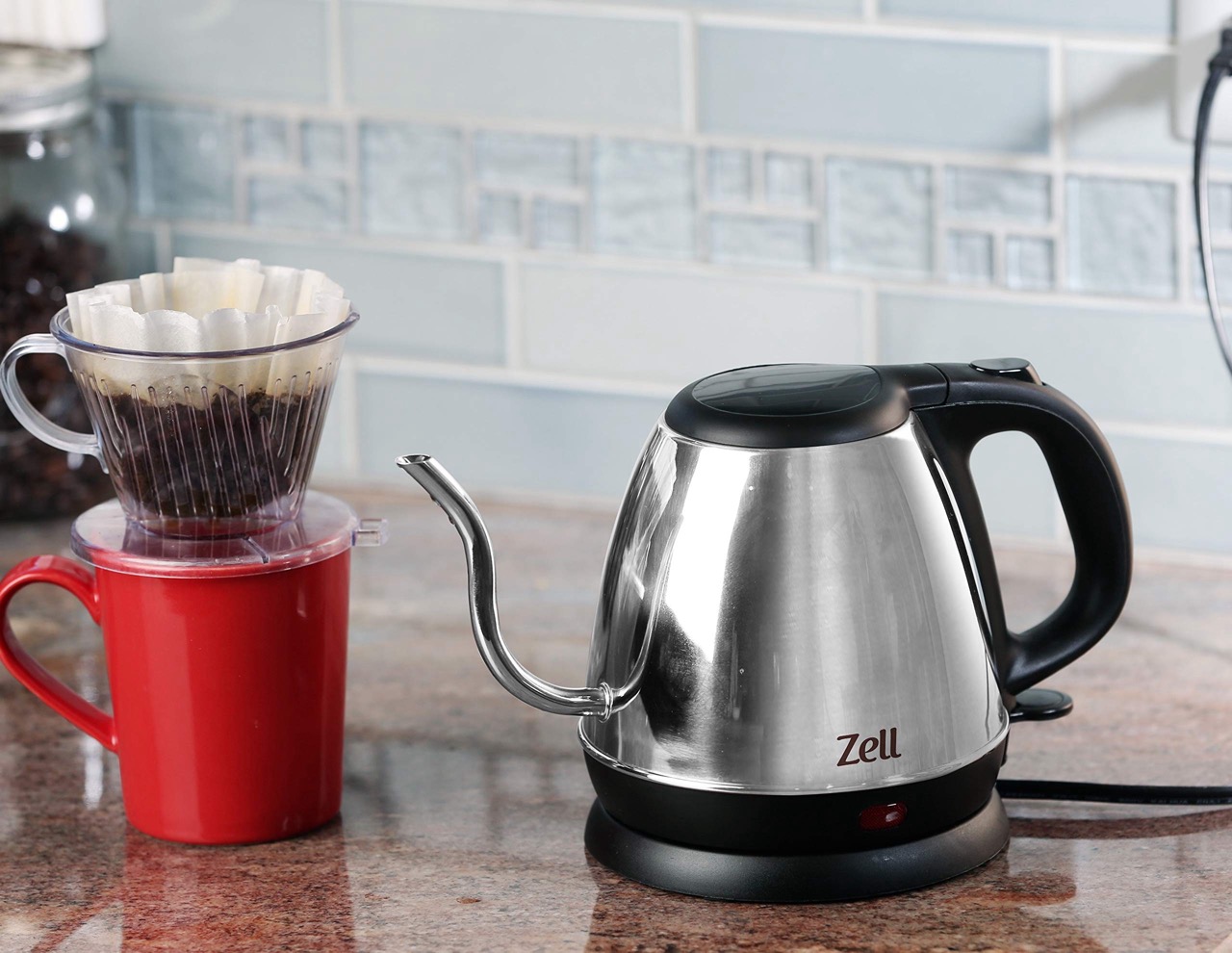
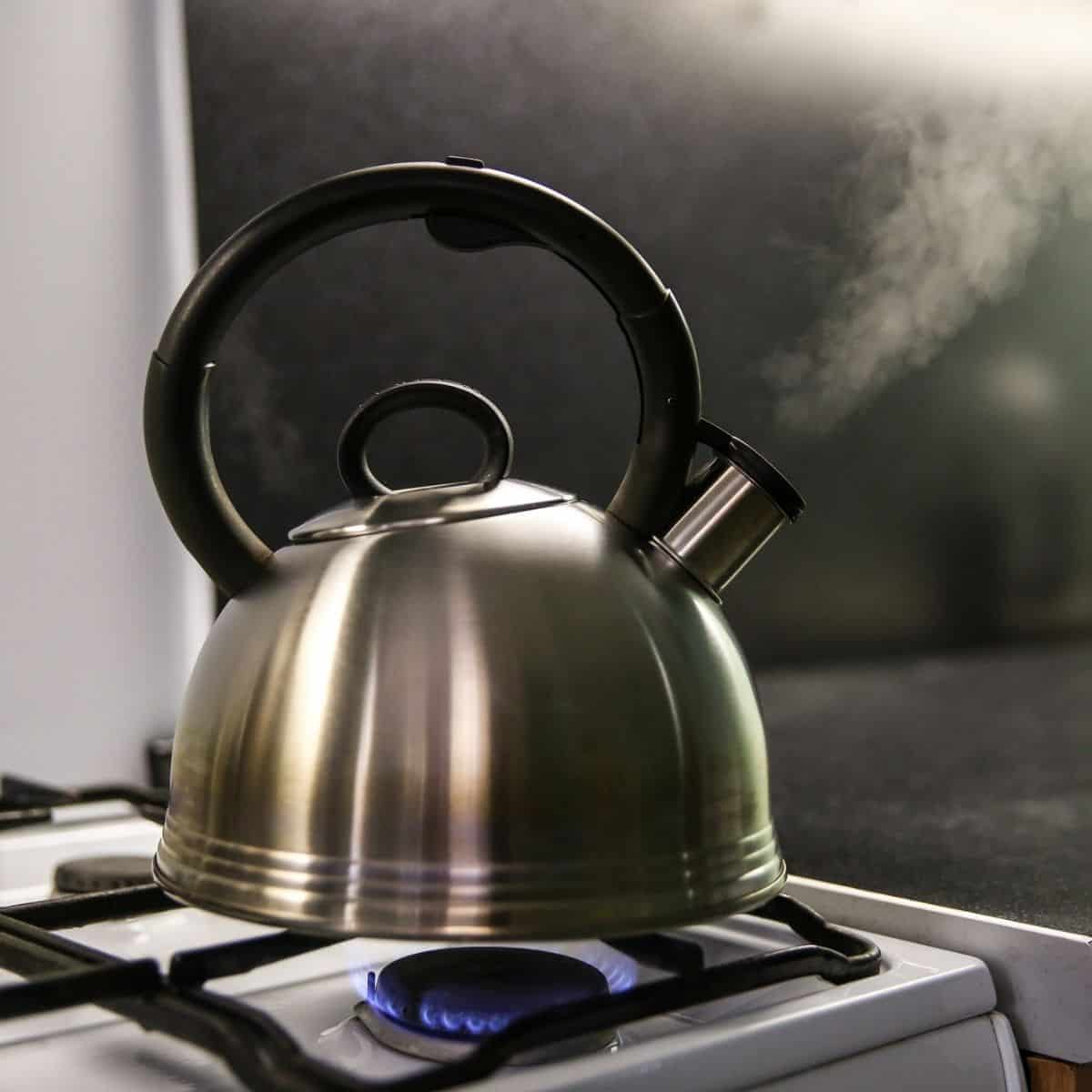

0 thoughts on “How To Clean The Inside Of A Stainless Steel Tea Kettle”